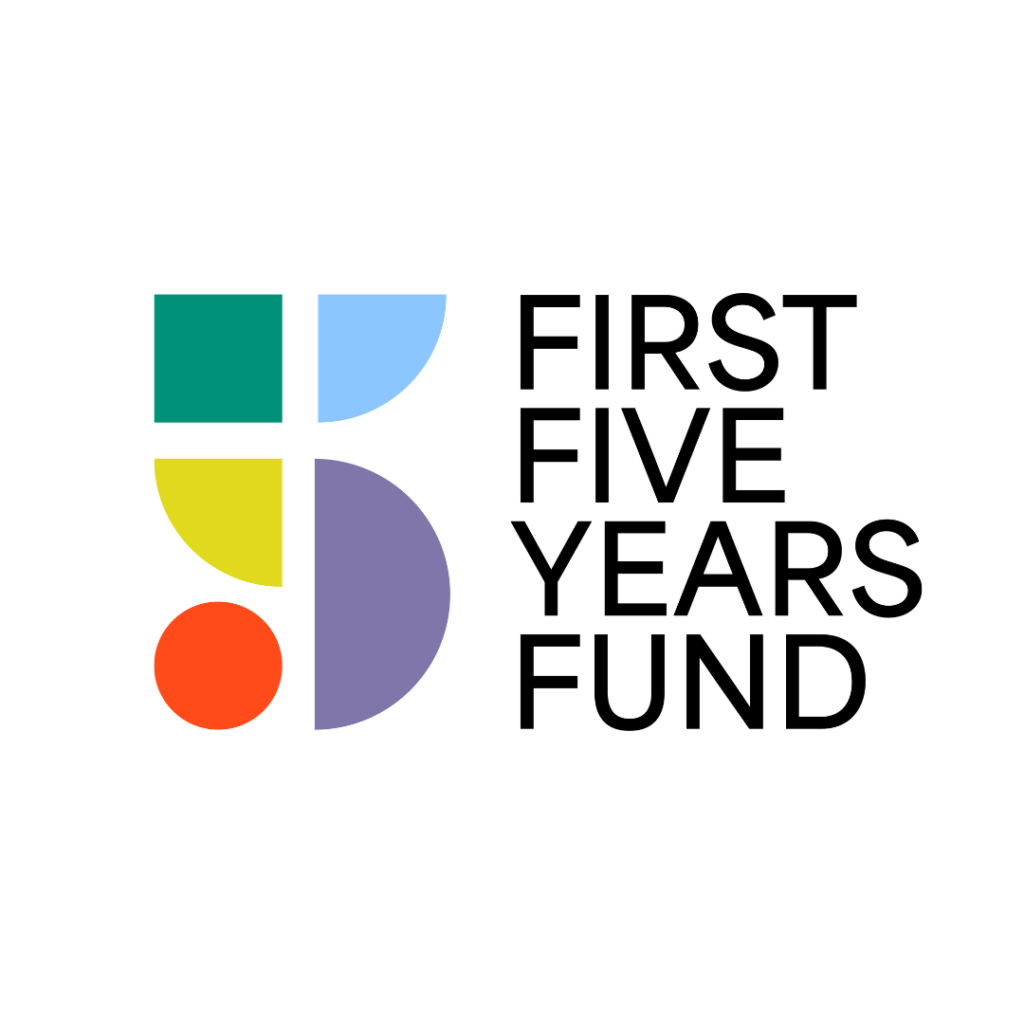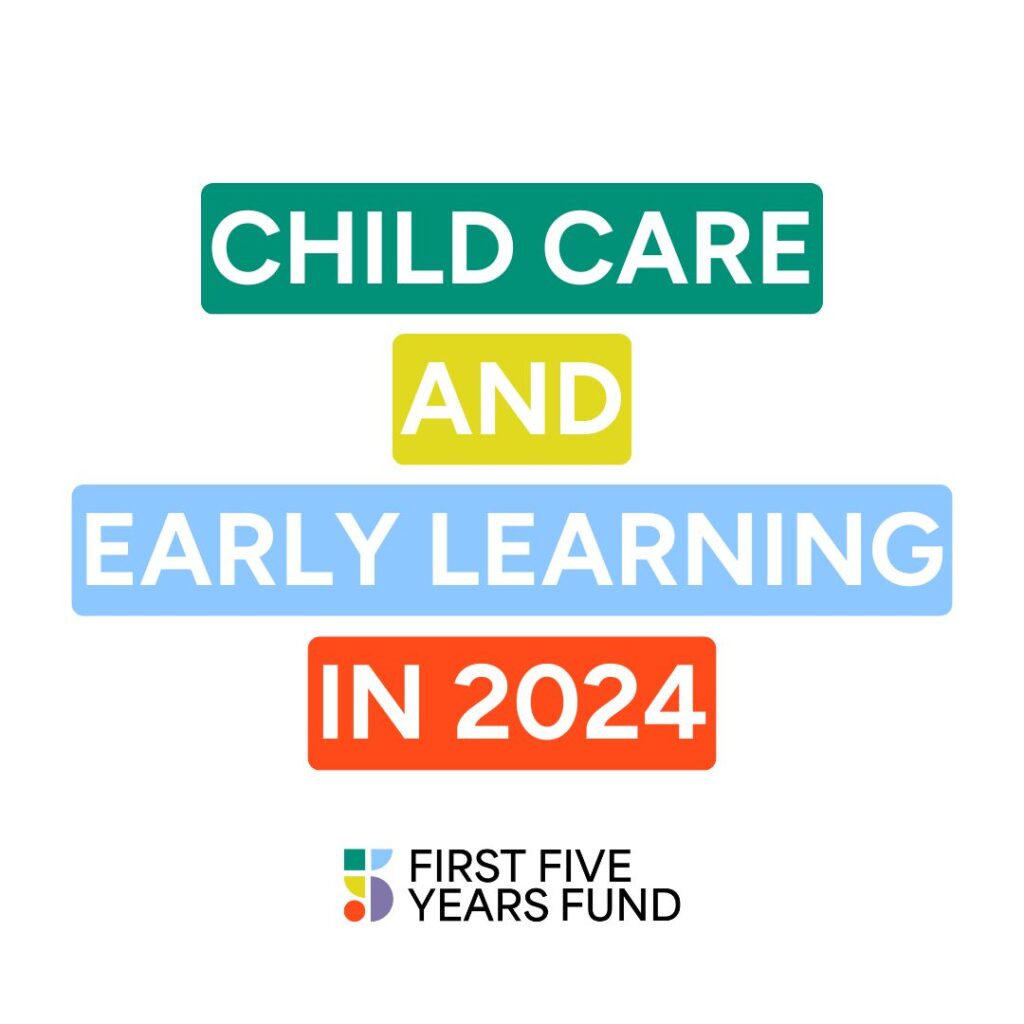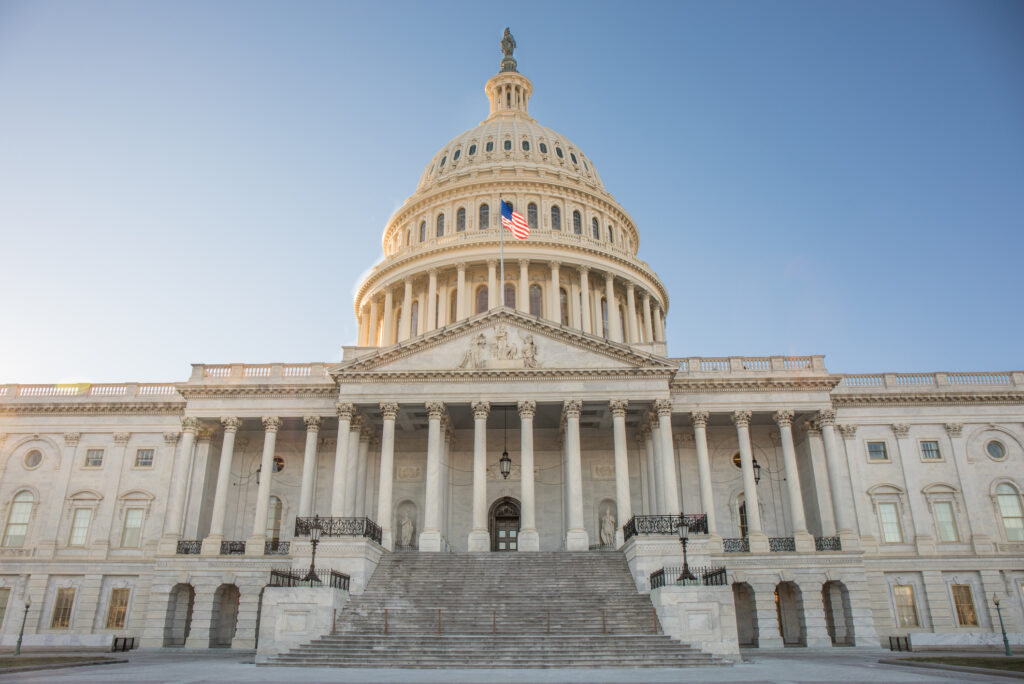New Grant Reports on PDG B-5 Show the Beneficial Impact of Federal Funds
Grants made through the federal Preschool Development Grant Birth through Five (PDG B-5) initiative help ensure state child care and early learning systems are as effective and efficient as possible. States use PDG B-5 funding to build much-needed infrastructure, streamline data systems, and enhance coordination across agencies. New comprehensive two-page state reports from the Administration for Children and Families (ACF) summarize major activities and achievements made possible through PDG B-5 and demonstrate the essential role these grants play in helping states.
Accomplishments include:
- Enhancing the coordination, alignment, and delivery of programs and services;
- Elevating the quality and accessibility of services through a mixed delivery system;
- Offering support for the early childhood workforce;
- Maximizing family and parental choice;
- Increasing awareness of engagement within the early childhood system;
- Improving school readiness and effective transition practices; and• Enhancing data coordination and sharing.
To learn more about how states are pursuing these strategies, check out our blog series here.
Though PDG B-5 has traditionally garnered widespread bipartisan support, it was unfortunately eliminated in the House Labor/HHS FY 2024 appropriations bill and now faces an uncertain future. Without this funding, states will be forced to halt their work, leaving projects unfinished and missing an important opportunity to work towards more efficient, responsive, and coordinated B-5 mixed delivery systems. It is up to Congress to protect funding so states can continue to build a strong infrastructure of early learning and care. Read on to learn about the progress PDG B-5 grantees have made and the harmful consequences of eliminating the program.
Initial grants
These one-year grants support states in conducting a comprehensive statewide birth through five needs assessment followed by in-depth strategic planning. Some states, like West Virginia and Tennessee, conducted their first ever comprehensive needs assessment of all ECE programs and opportunities in 2022, which will inform stakeholders of gaps and resource needs for programs and parents. Among other activities, West Virginia will develop a five-year strategic plan that will address the ECE workforce (through professional development, compensation, career pathways, etc.), expanding access to ECE programs (such as through the inclusion of children with disabilities in a mixed delivery system, with a focus on infants and toddlers with disabilities, etc.), and improving equity and transitions across birth through five systems. Tennessee notes it will review the qualification pathways into ECE for opportunities to reduce complexity and barriers to workforce entry, increase retention, and minimize administrative burdens at all levels of the system, among other grant activities.
Click here to learn about significant findings and research from states’ needs assessments, as well as how initial PDG B-5 funds supported state initiatives to build a coherent and coordinated ECE system.
If Congress cuts this program, the 21 states that received initial grants in January 2023 will not have federal support to move forward in addressing identified needs and implementing strategic plans.
Renewal grants
These three-year grants provide funds to states to carry out the activities in their strategic plans. Guided by their needs assessment and initial strategic plan, states focused on a range of activities to meet the specific and urgent needs of children and families. For example, Alabama expanded Help Me Grow Alabama, resulting in nearly 8,000 developmental screenings. Georgia created a Statewide Family Peer Ambassador Program to strengthen family voice and peer leadership in services and programs. Florida supported the ECE workforce by completing a statewide workforce study and expanding registered apprenticeship programs.
To learn more about the activities that states completed using PDG B-5 renewal funds, read the progress reports here. Without future federal funding, the 21 states that received renewal grants in January 2023 will likely be forced to halt this work after just one year, leaving their projects unfinished.
States have heavily invested in PDG B-5 and are counting on receiving the remainder of the federal funding to see their plans to completion. Use FFYF’s toolkit to urge Congress to protect, prioritize, and build on early care and education investments, including the PDG B-5 program.
Want to learn more about PDG? Click below.
Subscribe to FFYF First Look
Every morning, FFYF reports on the latest child care & early learning news from across the country. Subscribe and take 5 minutes to know what's happening in early childhood education.



